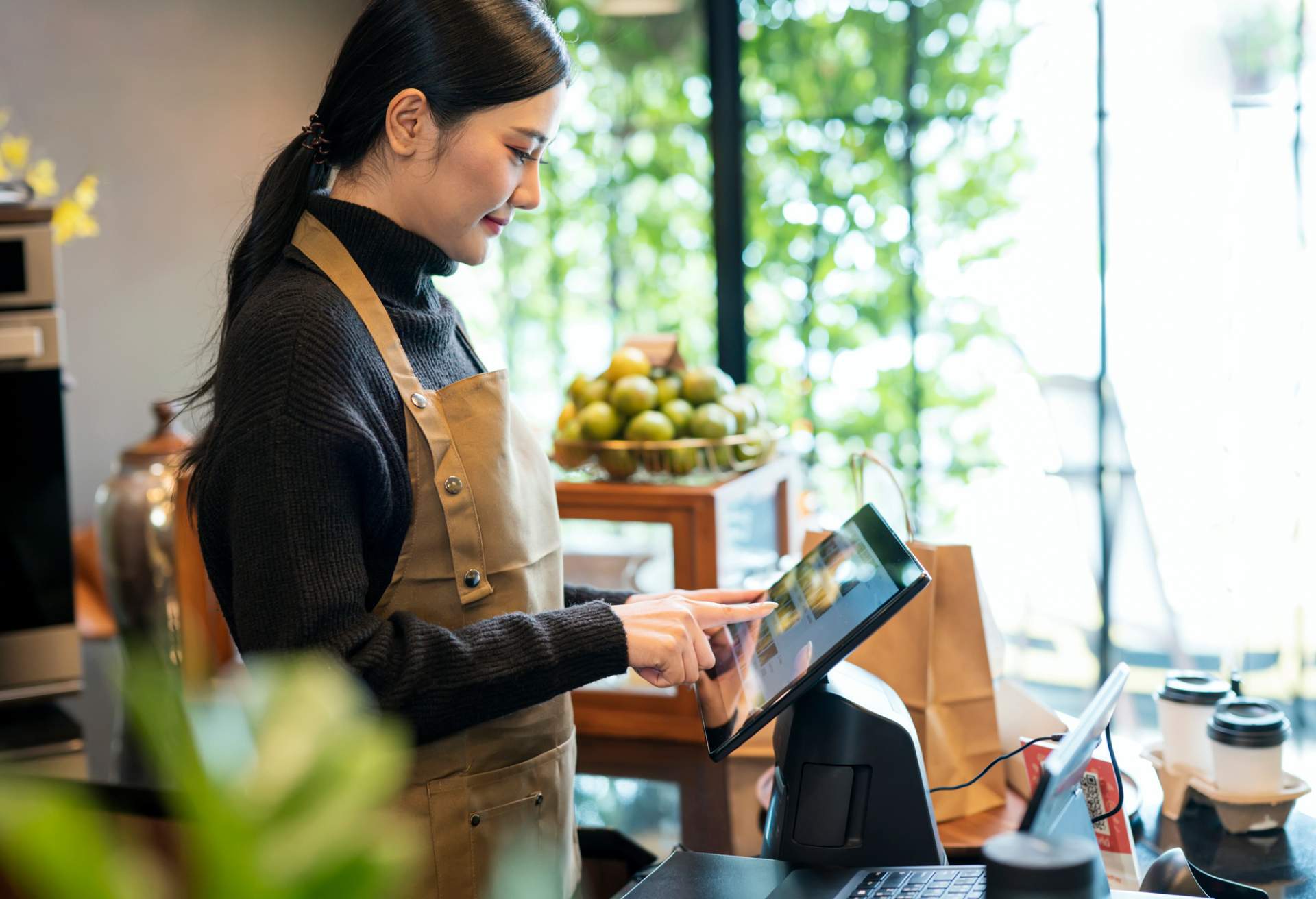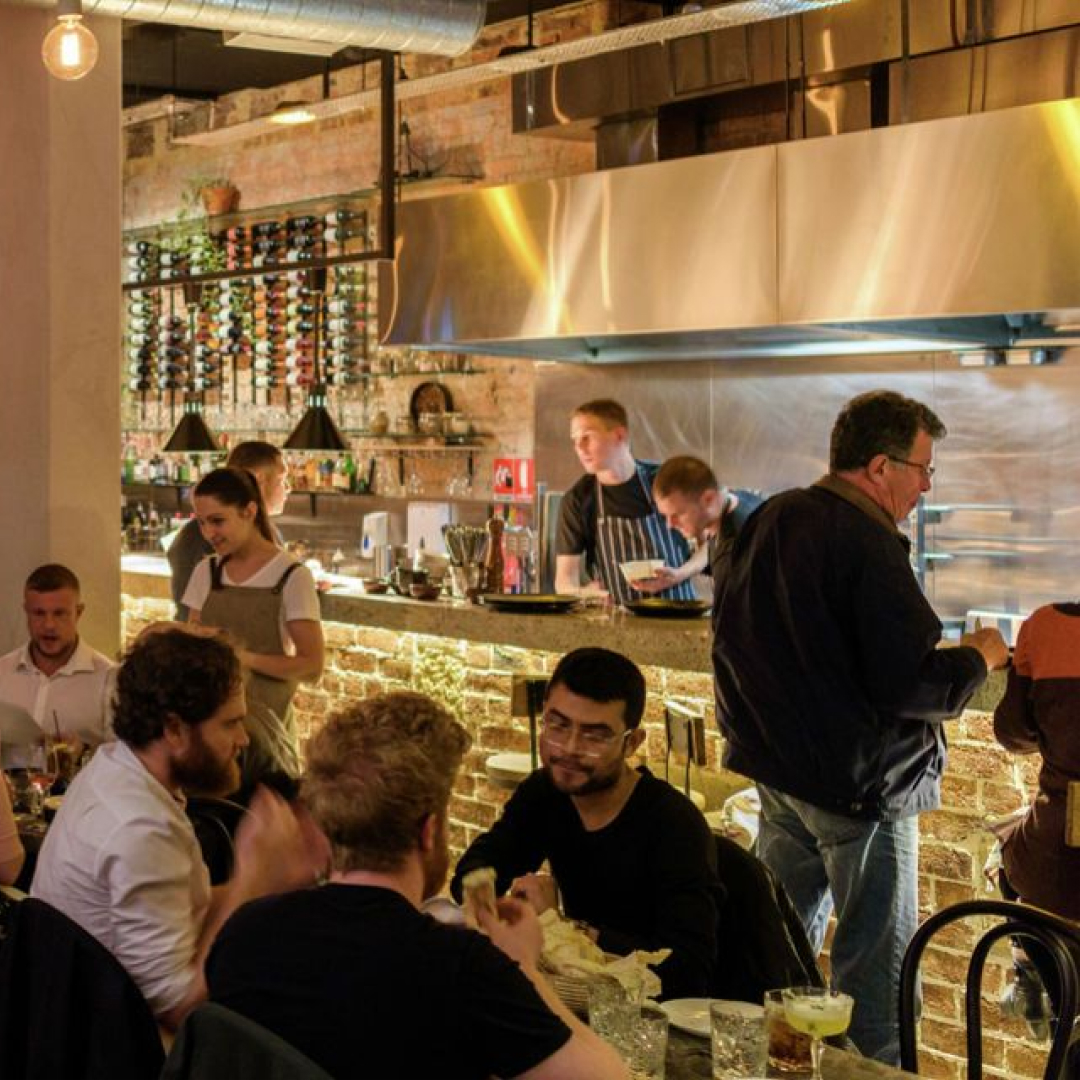If you’re a relative newbie to the restaurant industry or a die hard traditionalist, you may be wondering what a POS system is for a restaurant. It’s a restaurant technology topic restaurant owners should all understand. POS stands for point of sale, and it refers to the transactional moments when a guest orders and pays for their meal.
Plenty of places continue to make do with the cash-only, pen-and-paper systems that restaurants have relied on for years. They may not be aware of all the ways a modern POS system can make the work of running a restaurant faster, easier, and more successful.
Here is what restaurants need to know about what a POS system can do for them and how to choose one.
What is a POS system for a restaurant?
You can think of a POS system as the externalized brain of the restaurant. It includes both hardware and software that runs on computers and mobile devices. This central warehouse of information can function as a comprehensive restaurant management system, depending on your needs, budget, and what you choose.
Most track inventory, sales data, guest information, and payment, but that just scratches the surface of what these sophisticated systems can do for a restaurant.
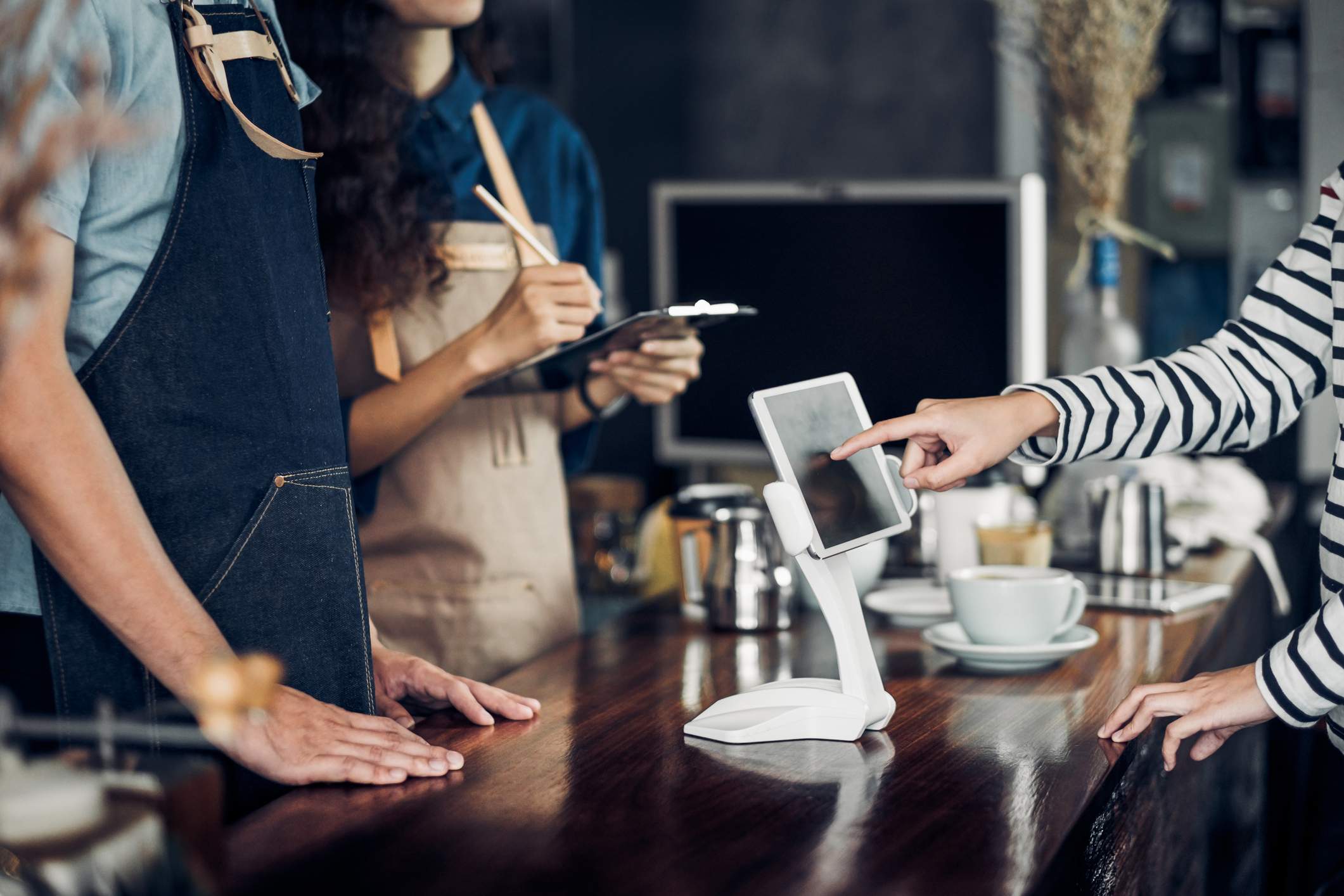
How does a restaurant POS system work?
POS systems can contain dozens or even hundreds of options and features that businesses can customize to meet their specific needs. Most are cloud-based, which means all of the data is stored on a distant server, not a computer in the restaurant.
Every time an order is placed by a server or a guest, at the restaurant point of sale, the POS is recording every aspect of the transaction and coordinating it with your inventory. You can use a POS system to create many reports. That can be a big help when you want to shift toward making data-informed business decisions.
What types of restaurants need a POS system?
It’s hard to imagine a food business that could benefit from the organization and precision tracking of a POS system but these are the broad categories of restaurants that can especially benefit:
- Full service restaurants. Sit down restaurants have a lot of moving parts, and a POS can be a clear channel of communication between front and back of house.
- Quick service restaurants. Quick service because even quicker service with a POS system that includes self-service kiosks.
- Food trucks. Most POS systems can be lightweight enough to operate out of a truck or cart, allowing these operators to expand their bottom line by accepting credit cards.
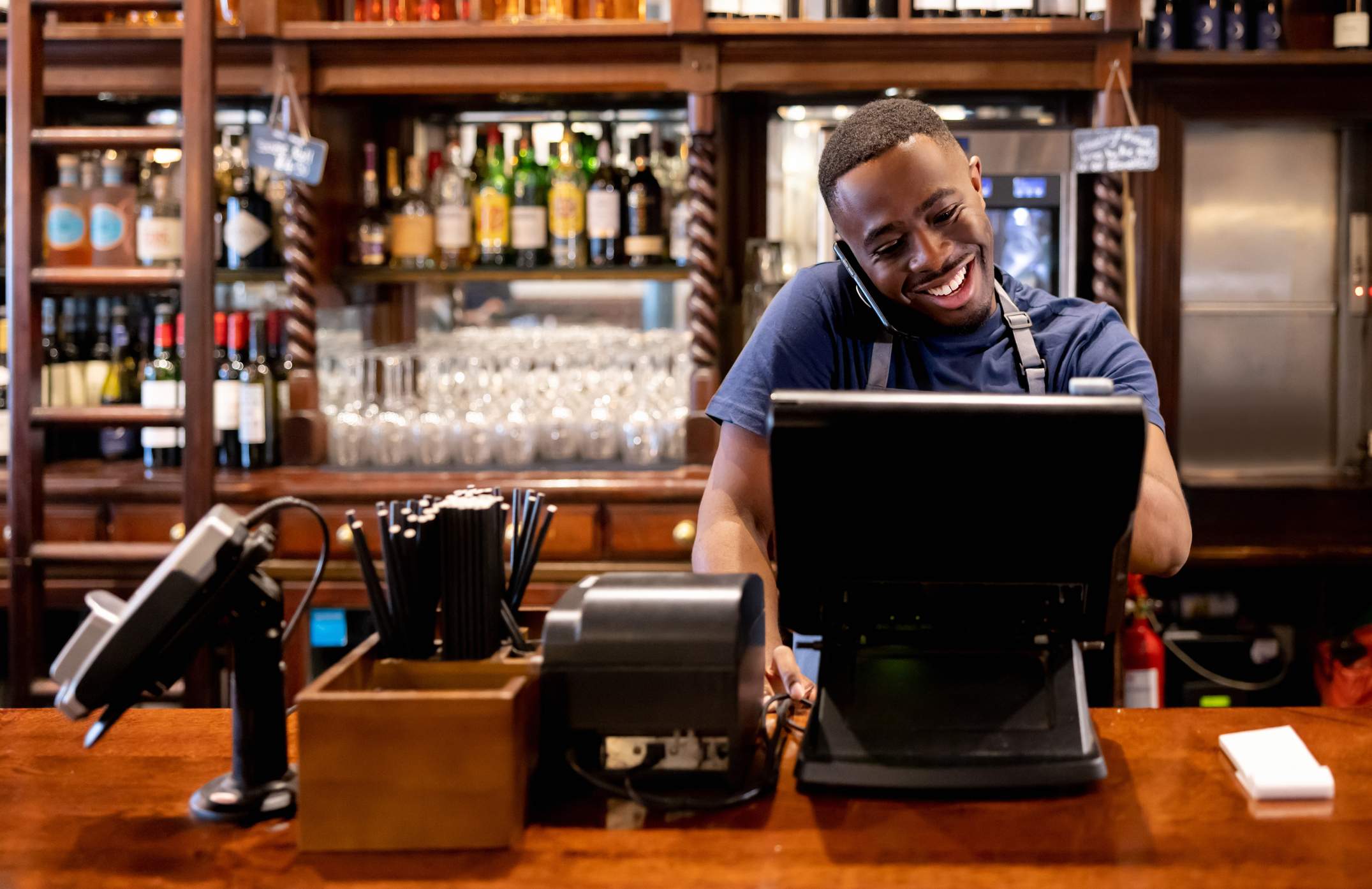
What hardware do you need for a POS system?
Systems vary, but you’ll find these core elements across the board.
- POS terminals. This is the hardware the system operates on. It’s usually an iPad or another kind of table. They can be carried around or set up more permanently at a station with a tablet stand.
- Kitchen display system. This screen is command central for the back of the house. It shows cooks all the orders that are in. It replaces older kitchen printers.
- Printer. Some people still prefer a paper receipt to an emailed one, so you still need one of these.
- Payment terminal. This is the device a guest uses to swipe, tap, or insert their credit card.
What kind of operating system does a restaurant need?
Like most other technologies, POS systems run on Apple (iOS), Android, or Windows. Make sure the POS system you choose runs on the operating system you prefer. The operating system will determine the kind of hardware you’ll use. Apple needs iPads, Android requires a compatible tablet, and Windows will run on a computer.
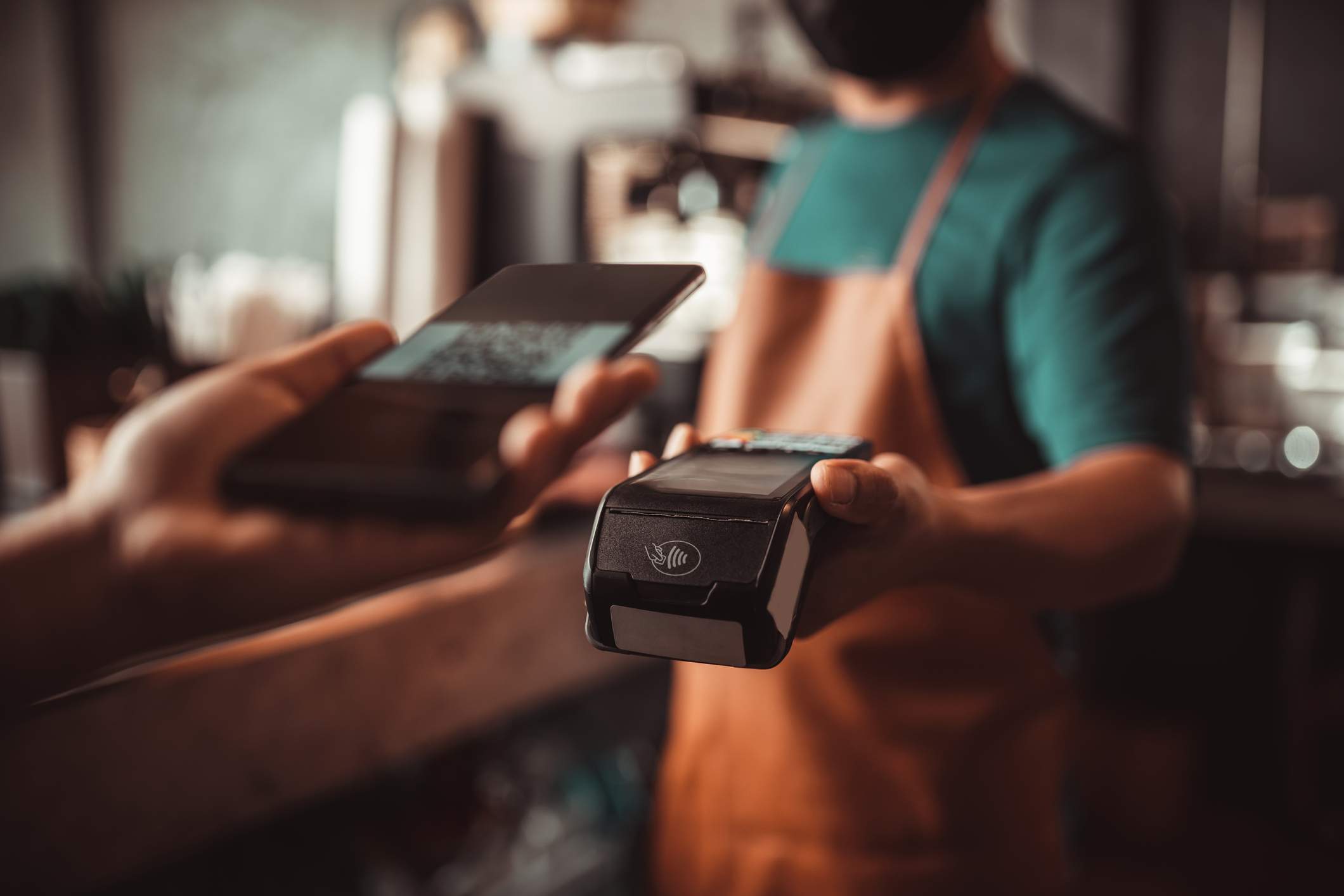
What is mobile POS?
Some restaurants will want a mobile POS option. These systems run on handheld devices that take orders and process payments right at the table. They have been popular in Europe for years and are finally catching on in the United States as restaurants see how this technology can lead to faster turn times.
What are the benefits of a restaurant POS system?
Each POS system will have its own specific benefits, but in general most provide the following benefits for restaurants:
- Real time sales stats
- Detailed sales and inventory data
- Easy online ordering
- Tax information
- Menu item performance information
- Clear communication between servers and the kitchen
- Custom loyalty program options
What are the disadvantages of a restaurant POS system?
If you haven’t already started using a POS system, it’s probably because of technology aversion. Those fears are valid. It’s very uncommon, but a POS system is essentially a computer and glitches can happen. It can crash. That’s why it’s essential to back up all the data in your POS system regularly so if anything funny happens, you’ll still have everything you need.

How to choose a POS system
These are the most important questions to ask yourself when choosing a POS system:
- Does it integrate with my other tech tools?
- Does it work on my preferred operating system?
- Does it have all the reporting capabilities I want?
- What are the costs and do they work with my budget?
- Does it store credit card information? (POS systems that don’t are considered more secure.)
Think of today’s POS systems as the digital evolution of the cash register. It’s a powerful restaurant technology tool that can help you guide your business successfully into the future.
Frequently Asked Questions
Yes, encryption and secure storage are common security measures. This includes systems that are compliant with industry standards such as PCI-compliant. All information is masked and vaulted, meaning everything is secure and confidential.
Ask vendors about integration capabilities. Check user reviews to see what other restaurants think about using the POS system, and make sure you try a demo before buying.
Learning curves, connectivity issues, and costs. Training staff, using offline mode and offering 24/7 customer support helps overcome common POS transition challenges.

